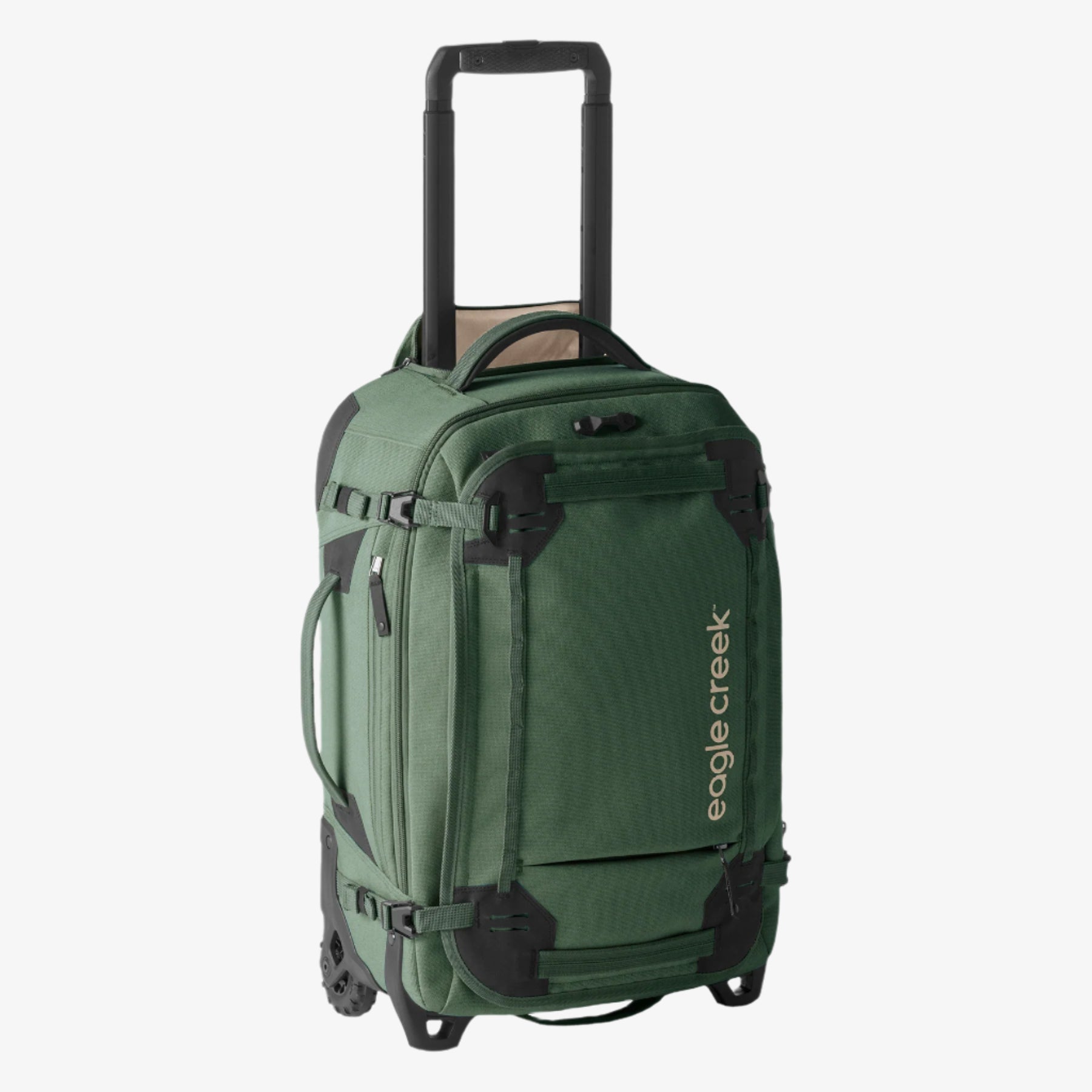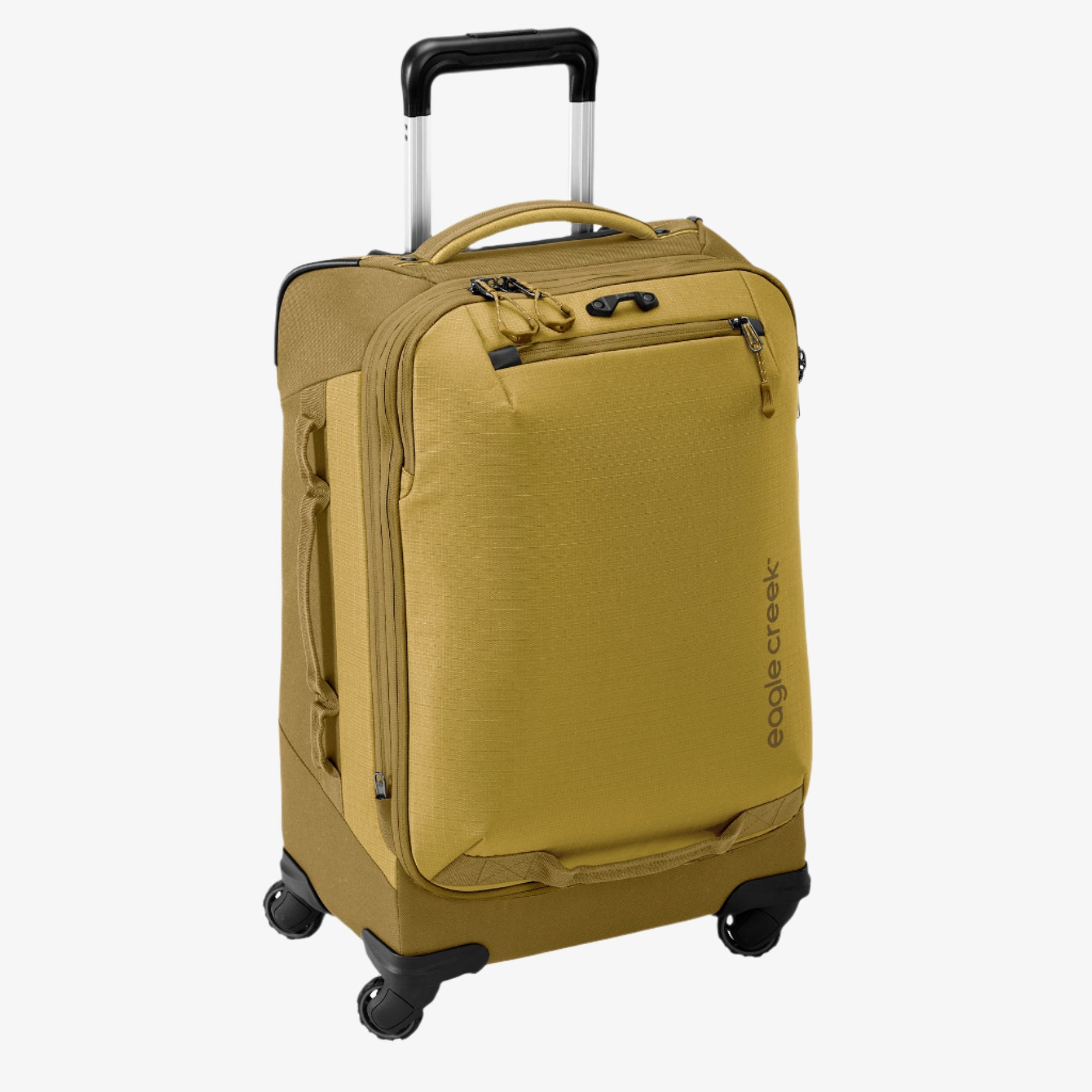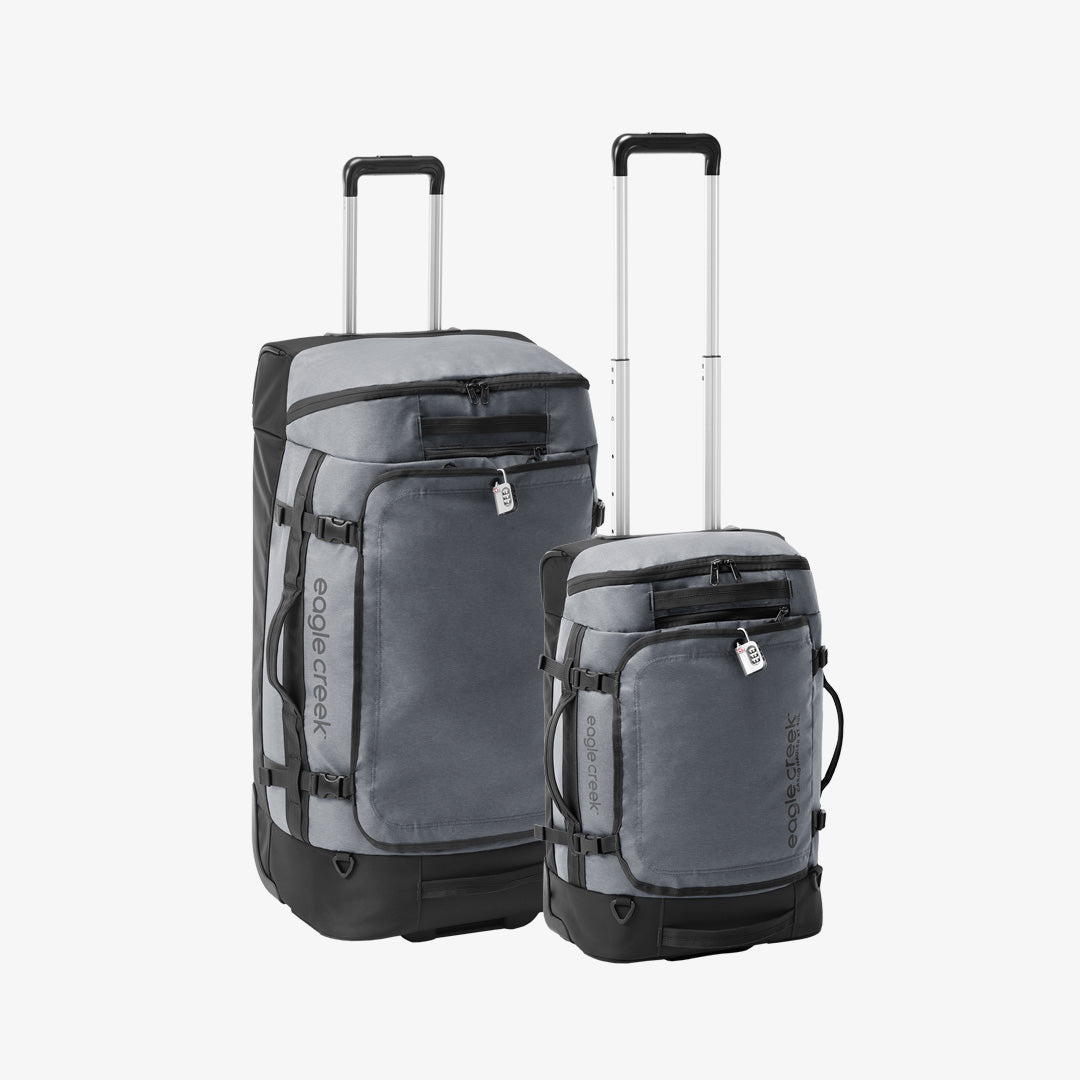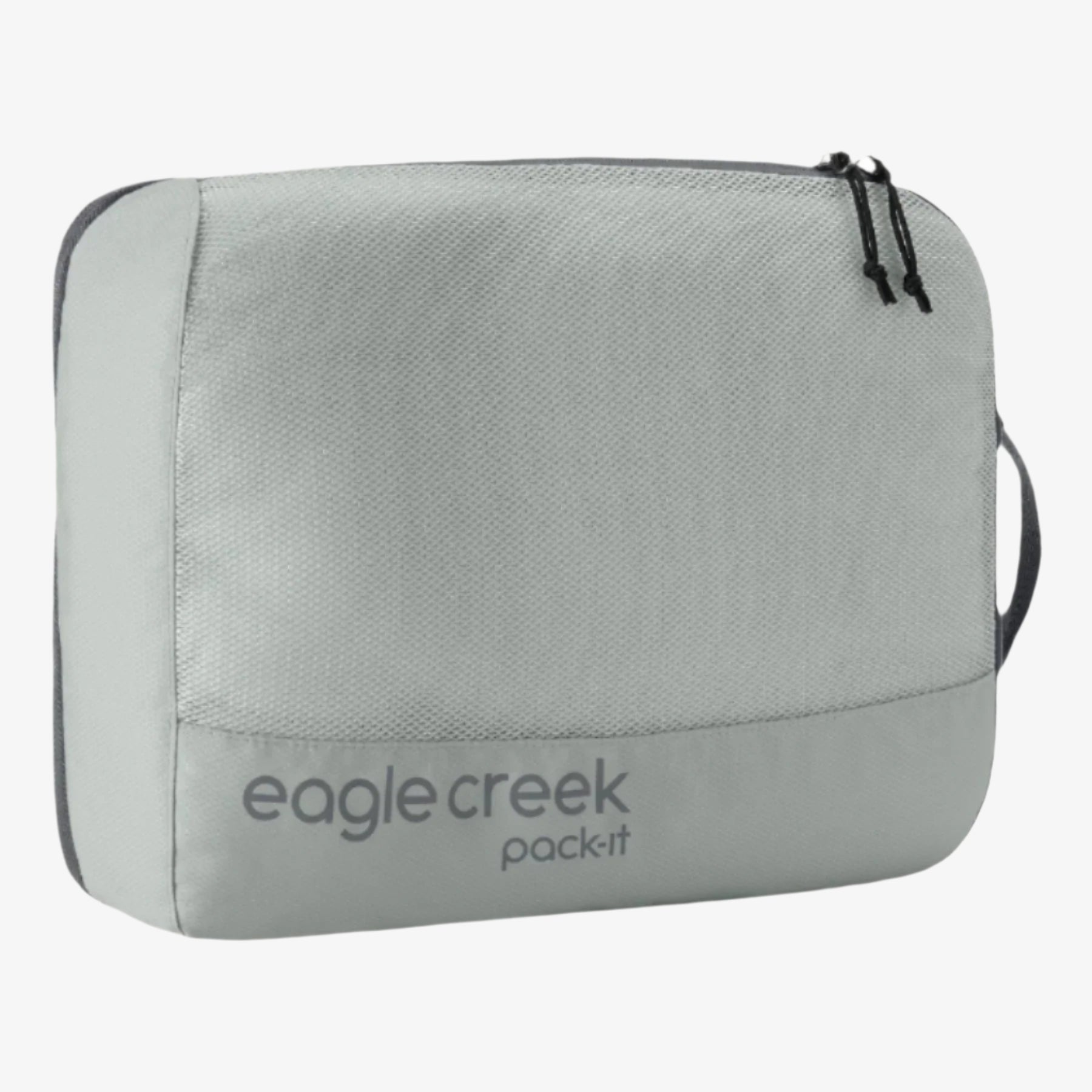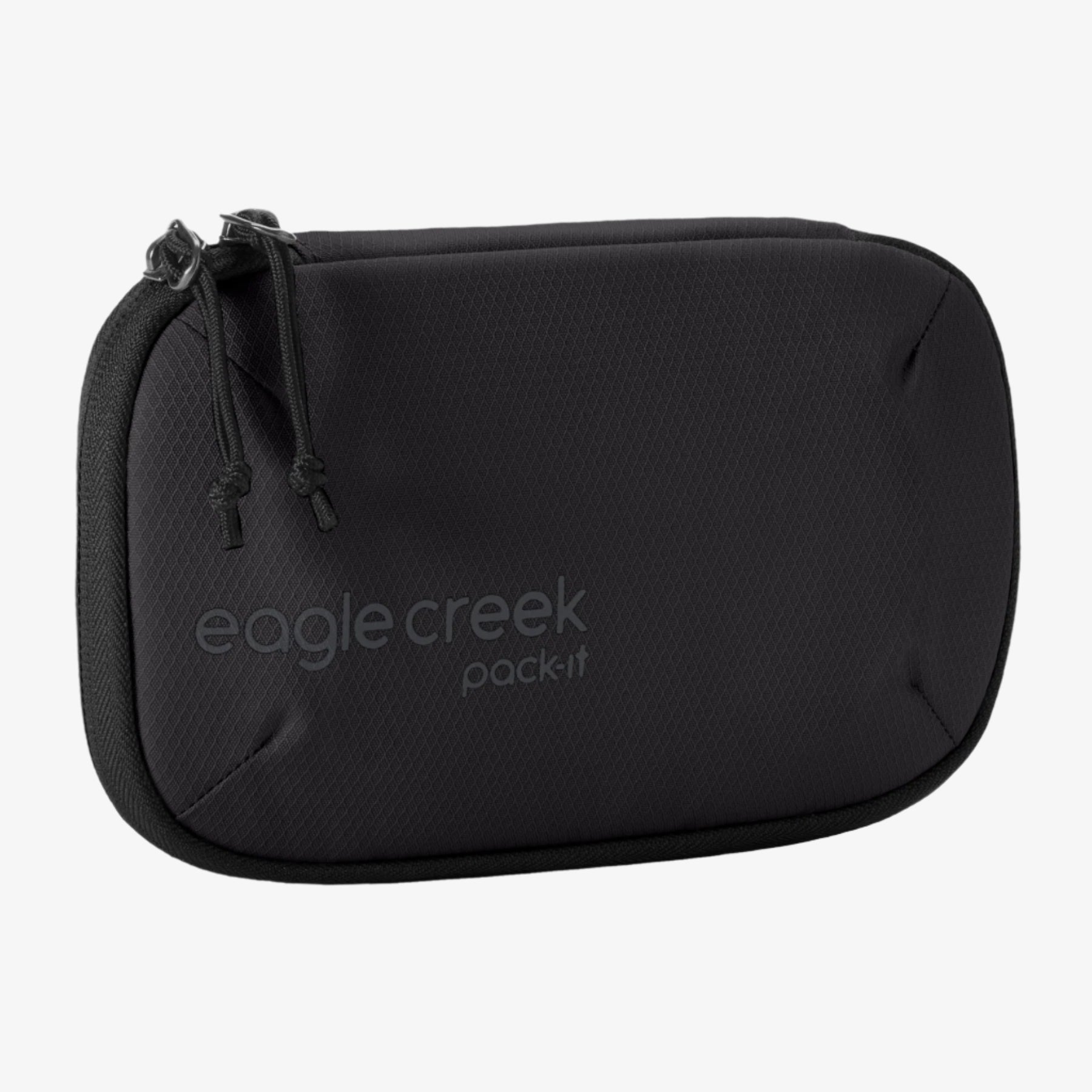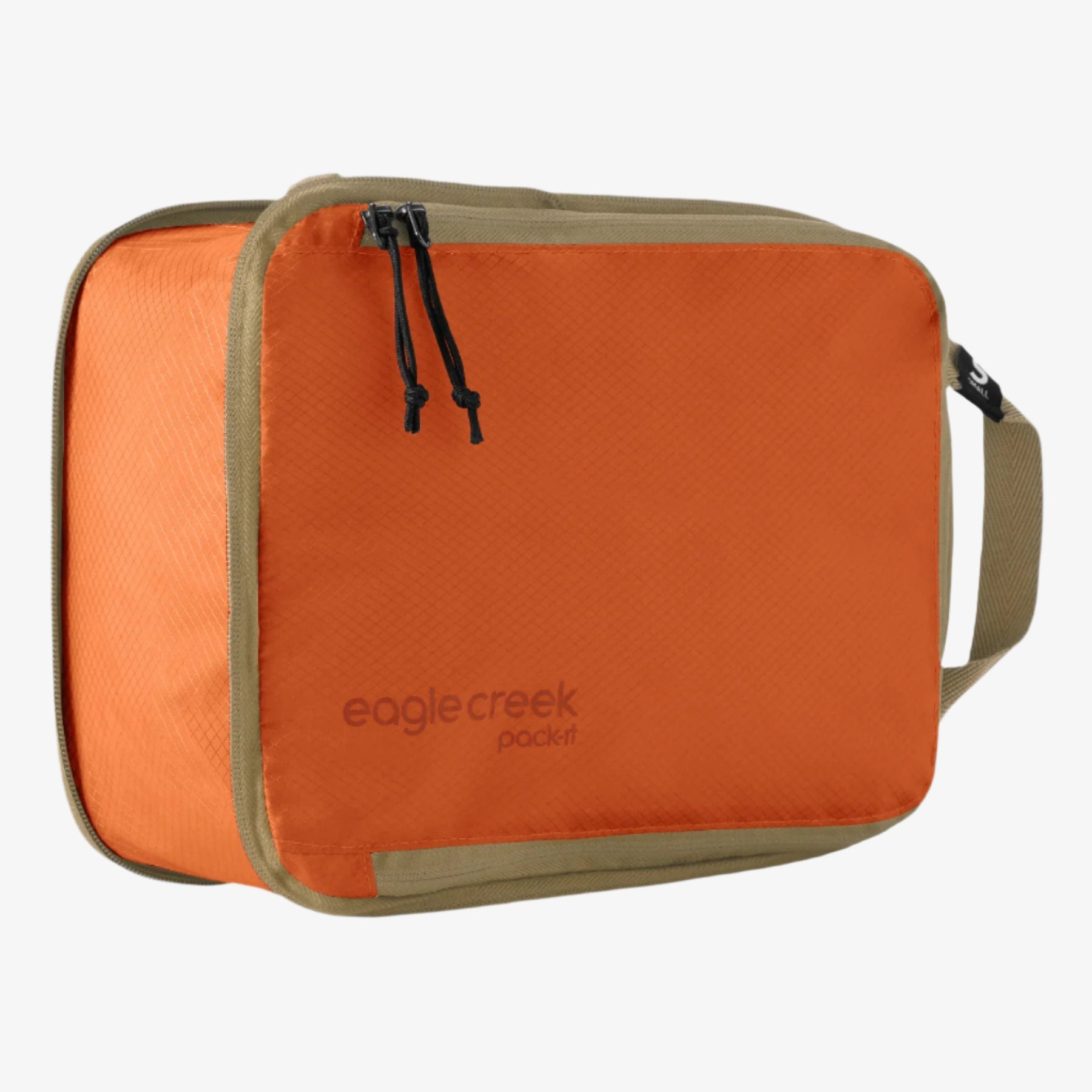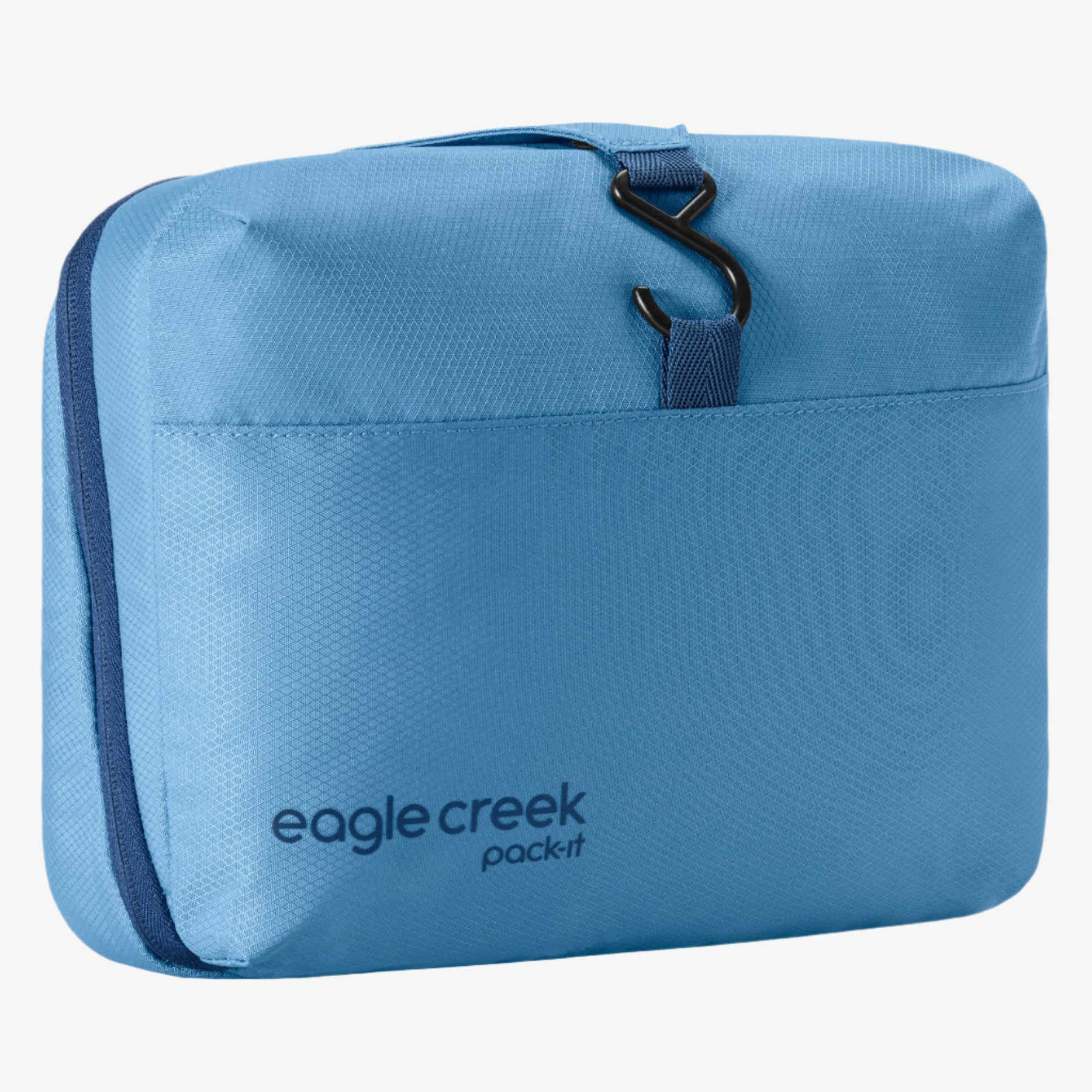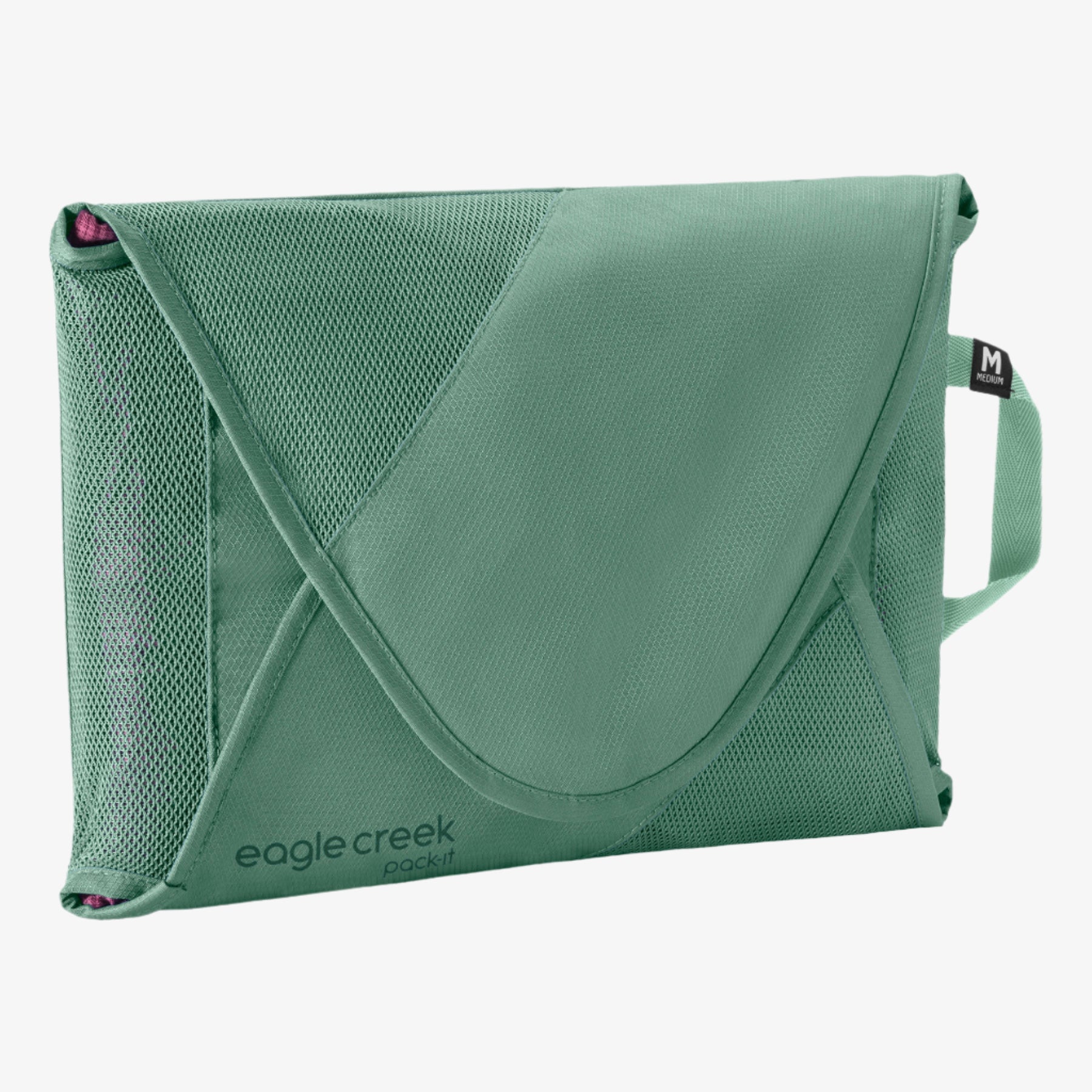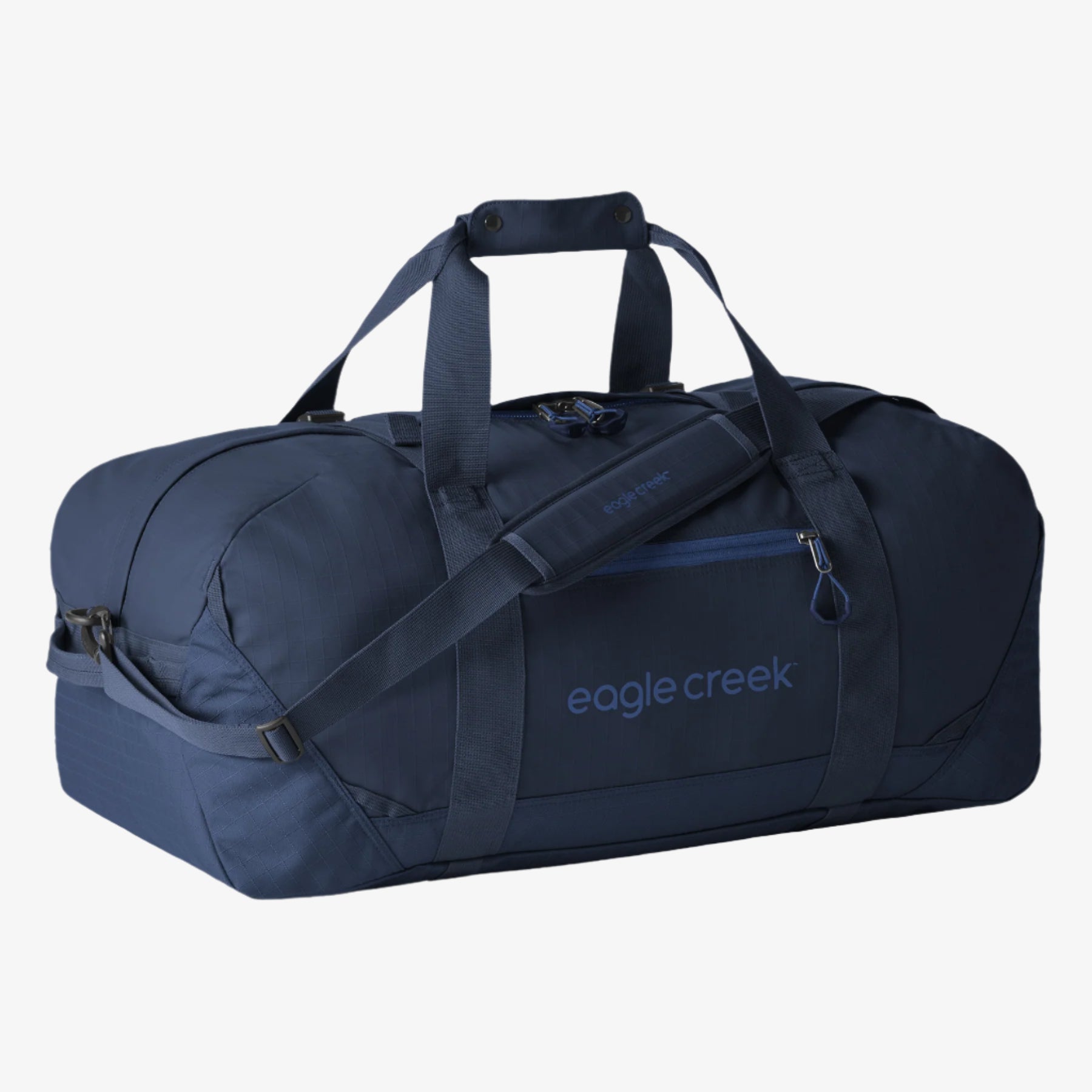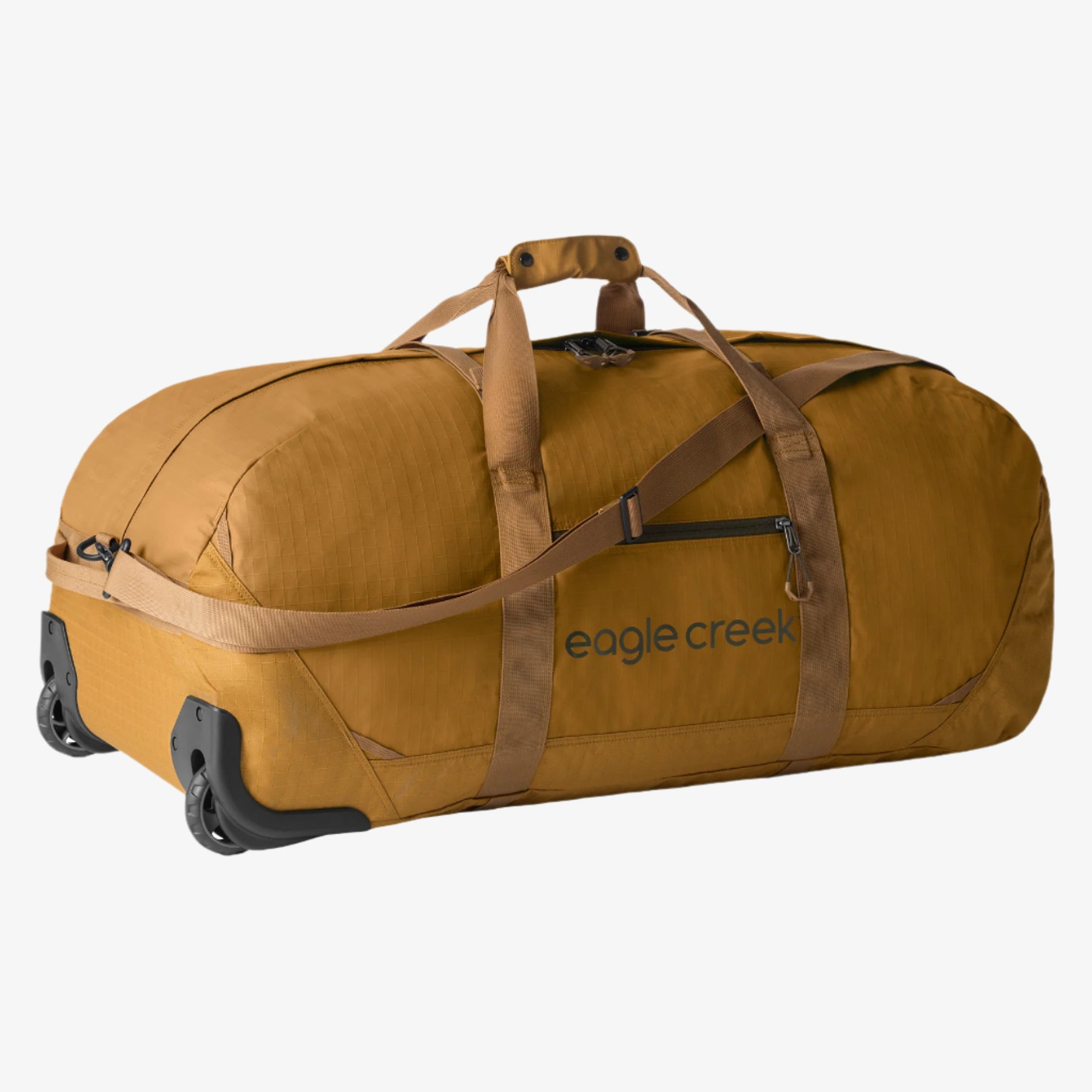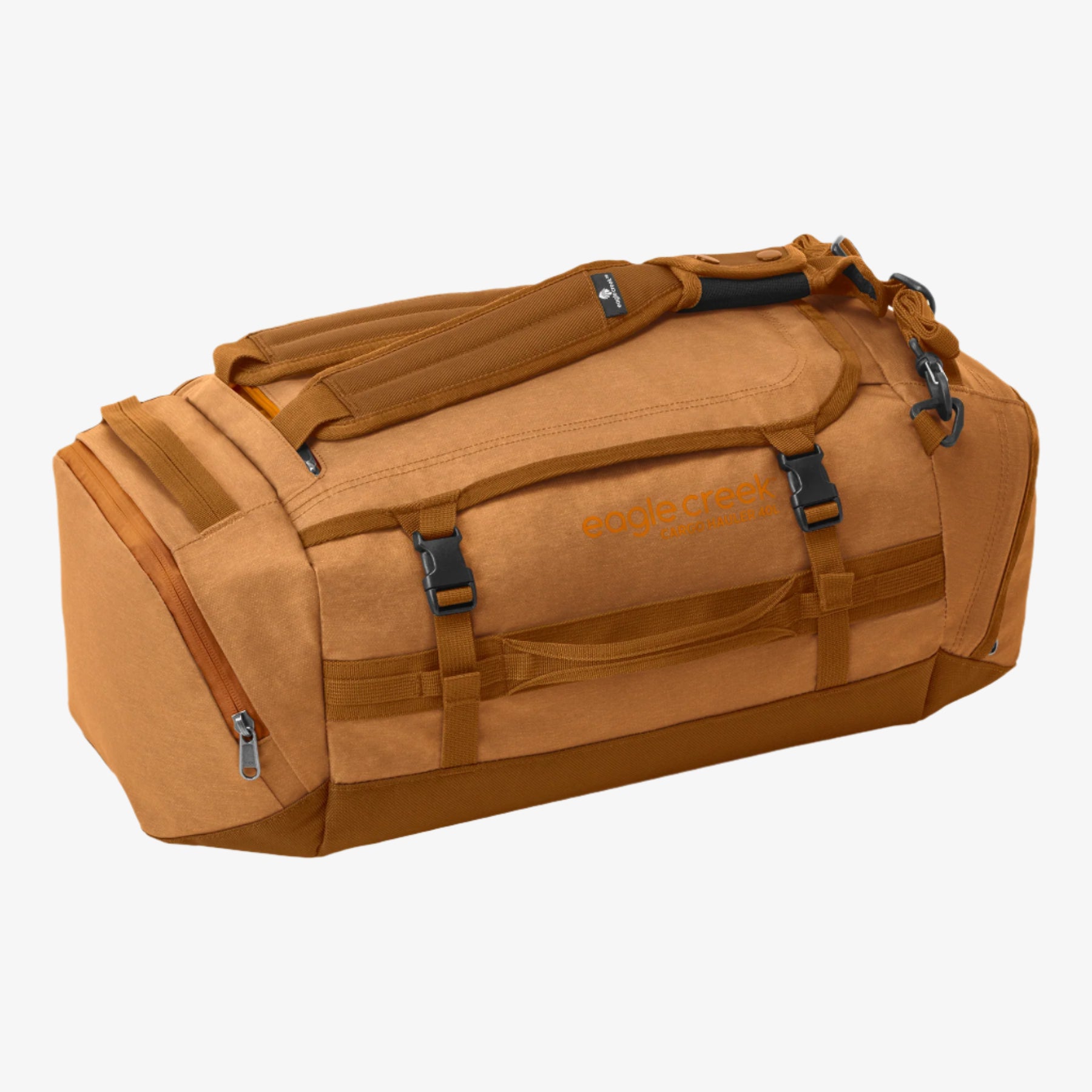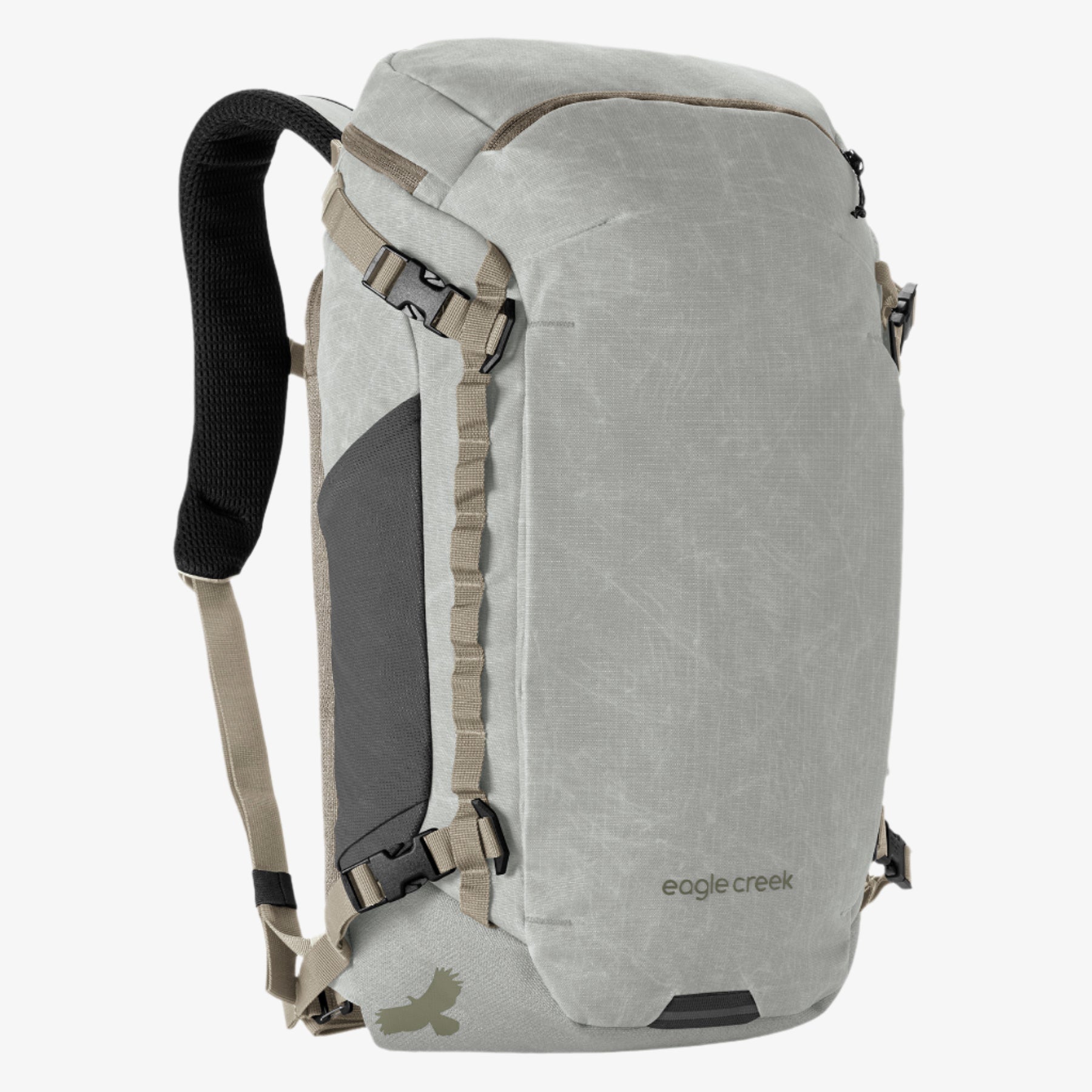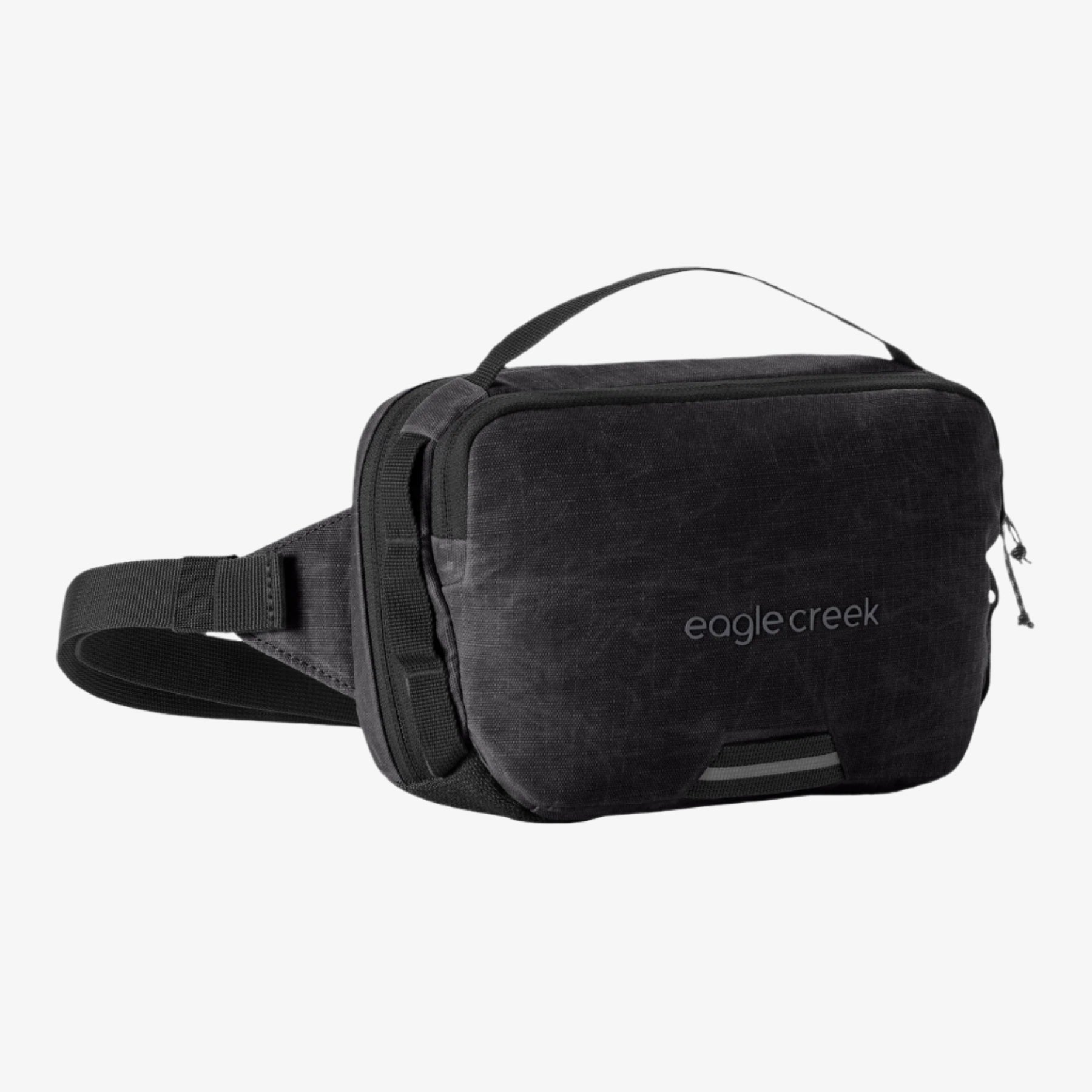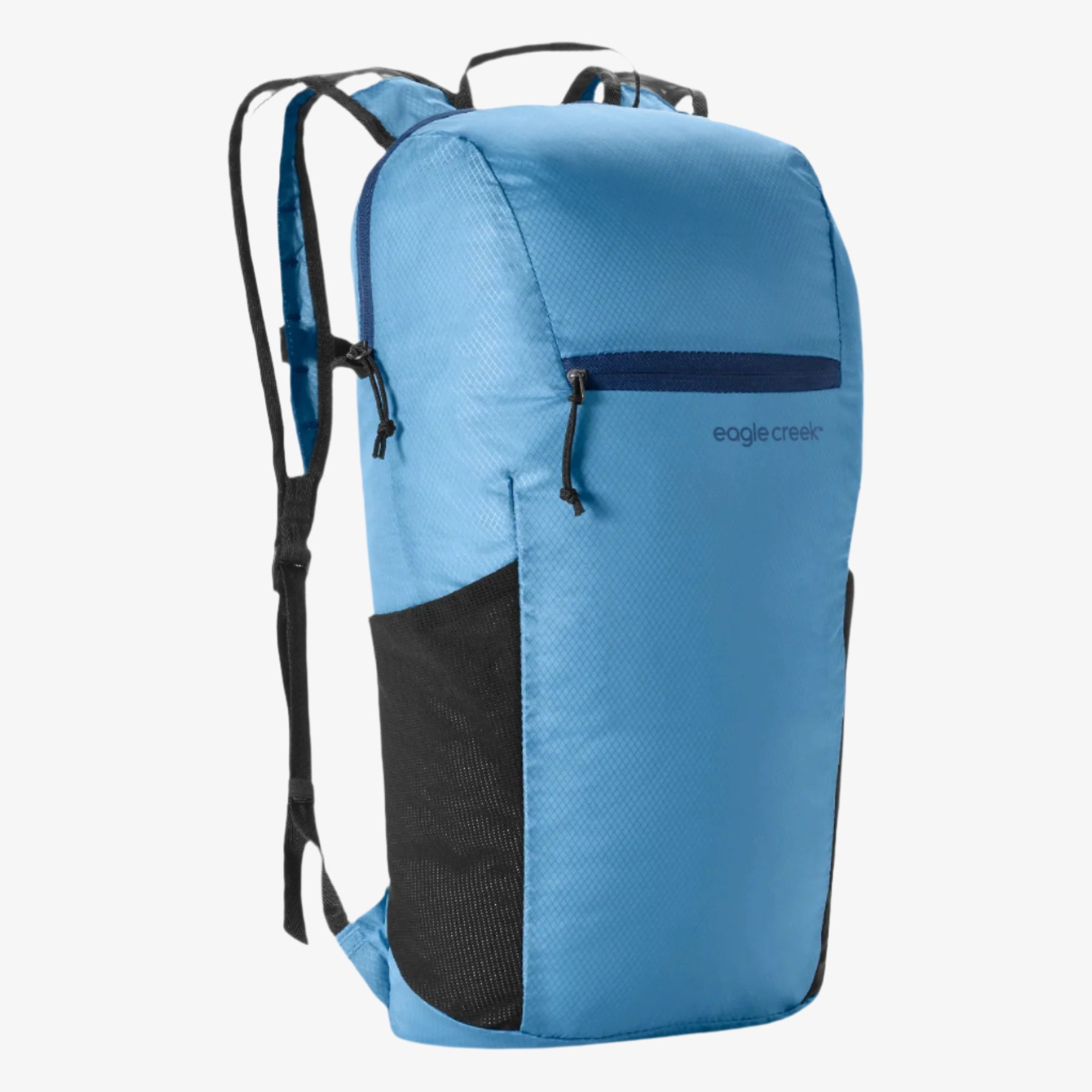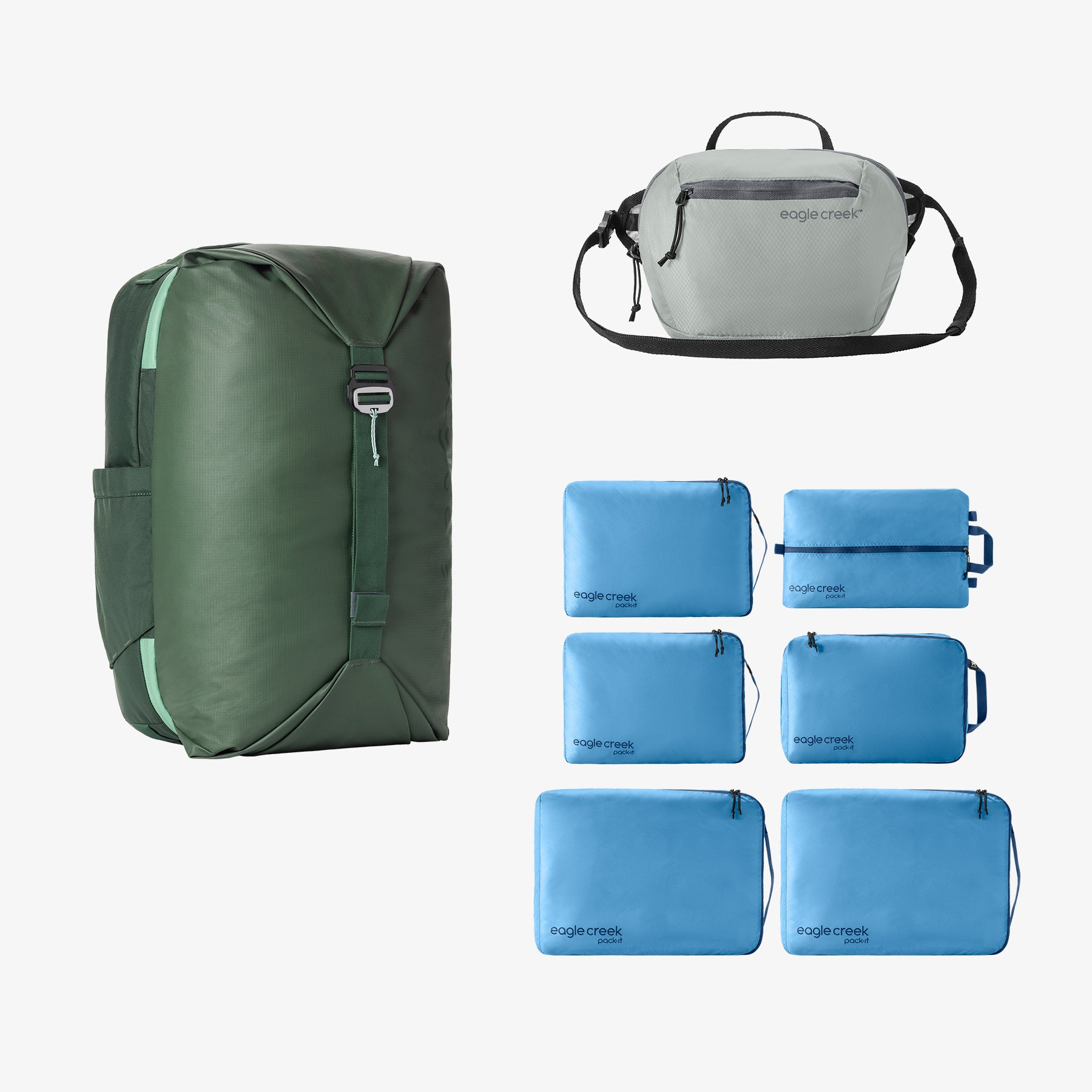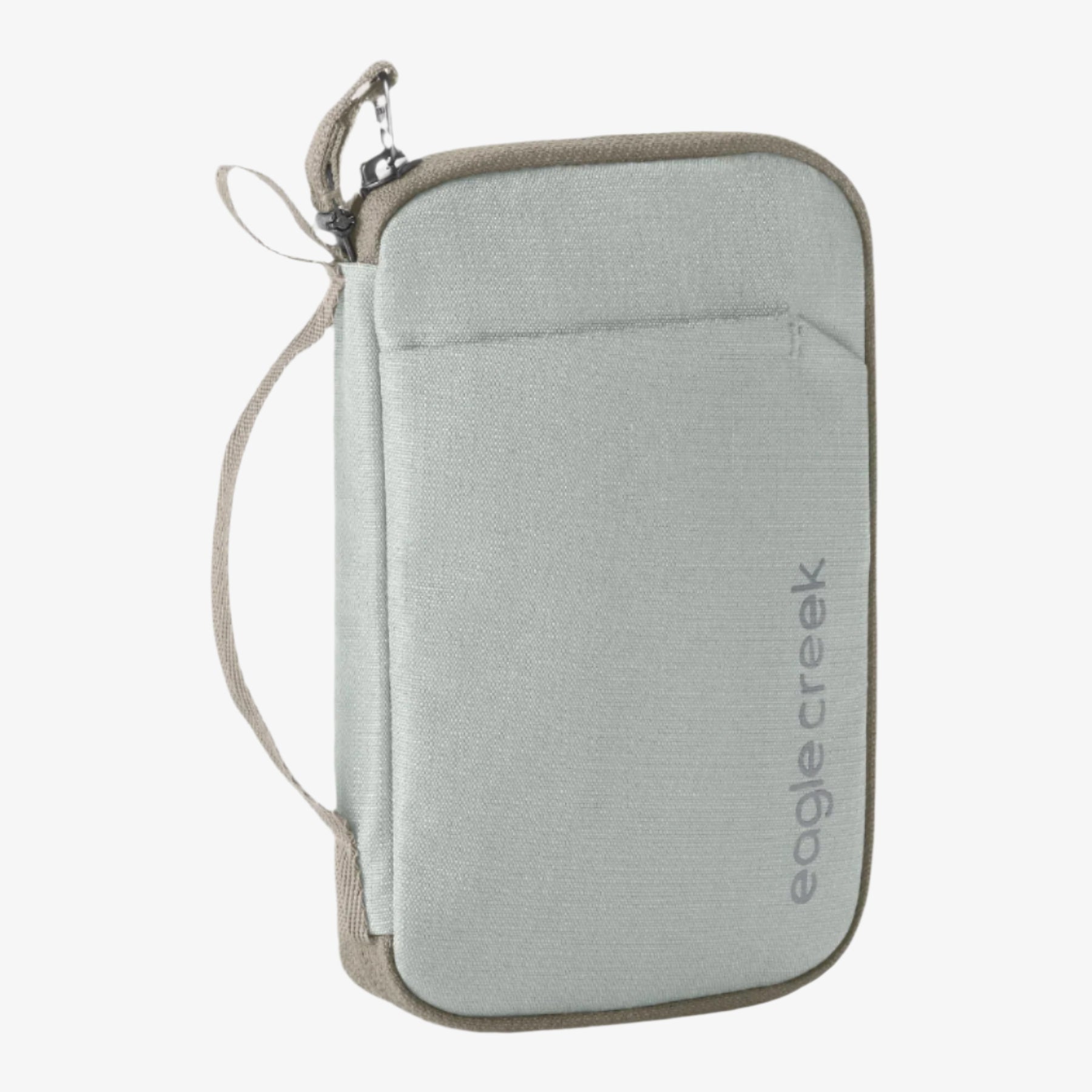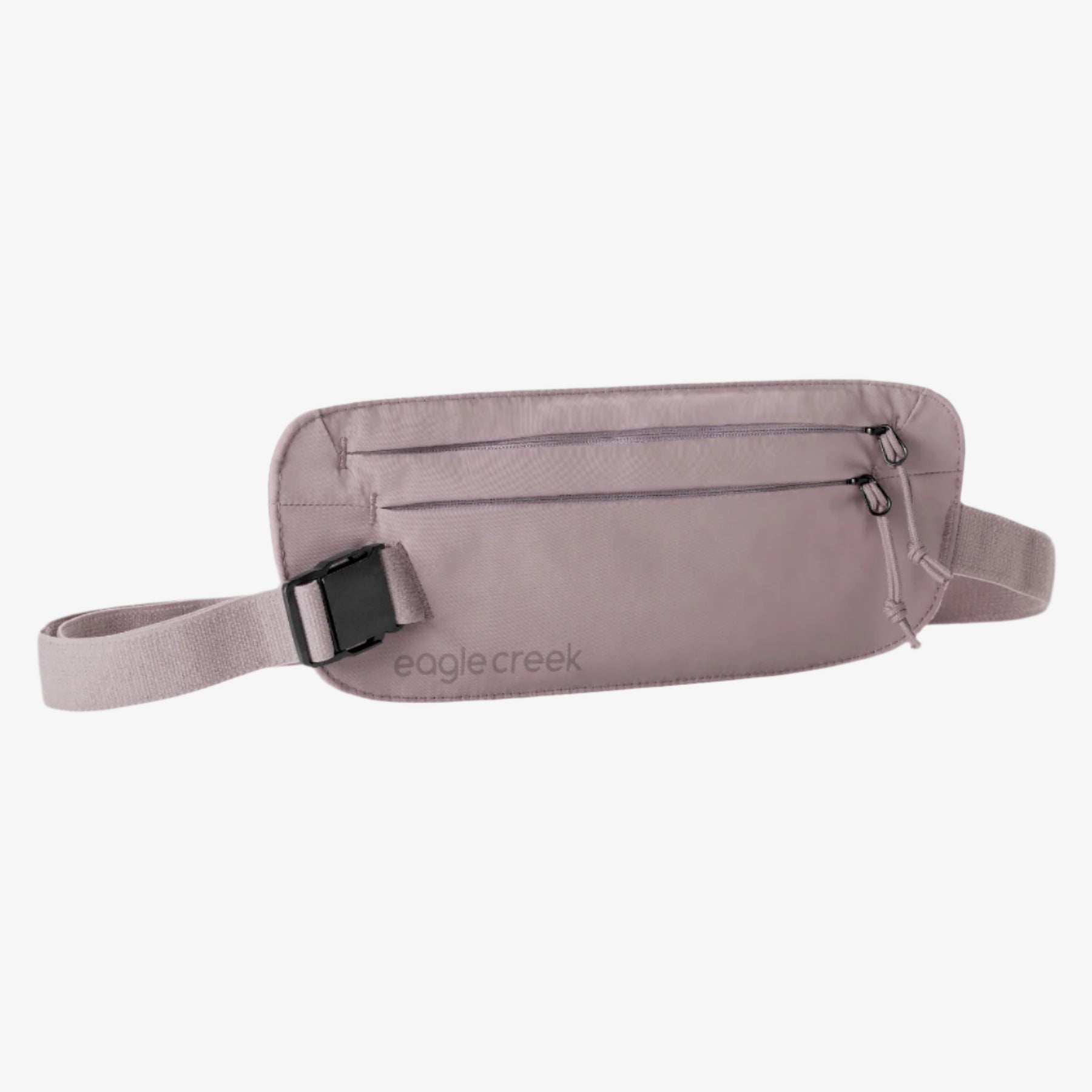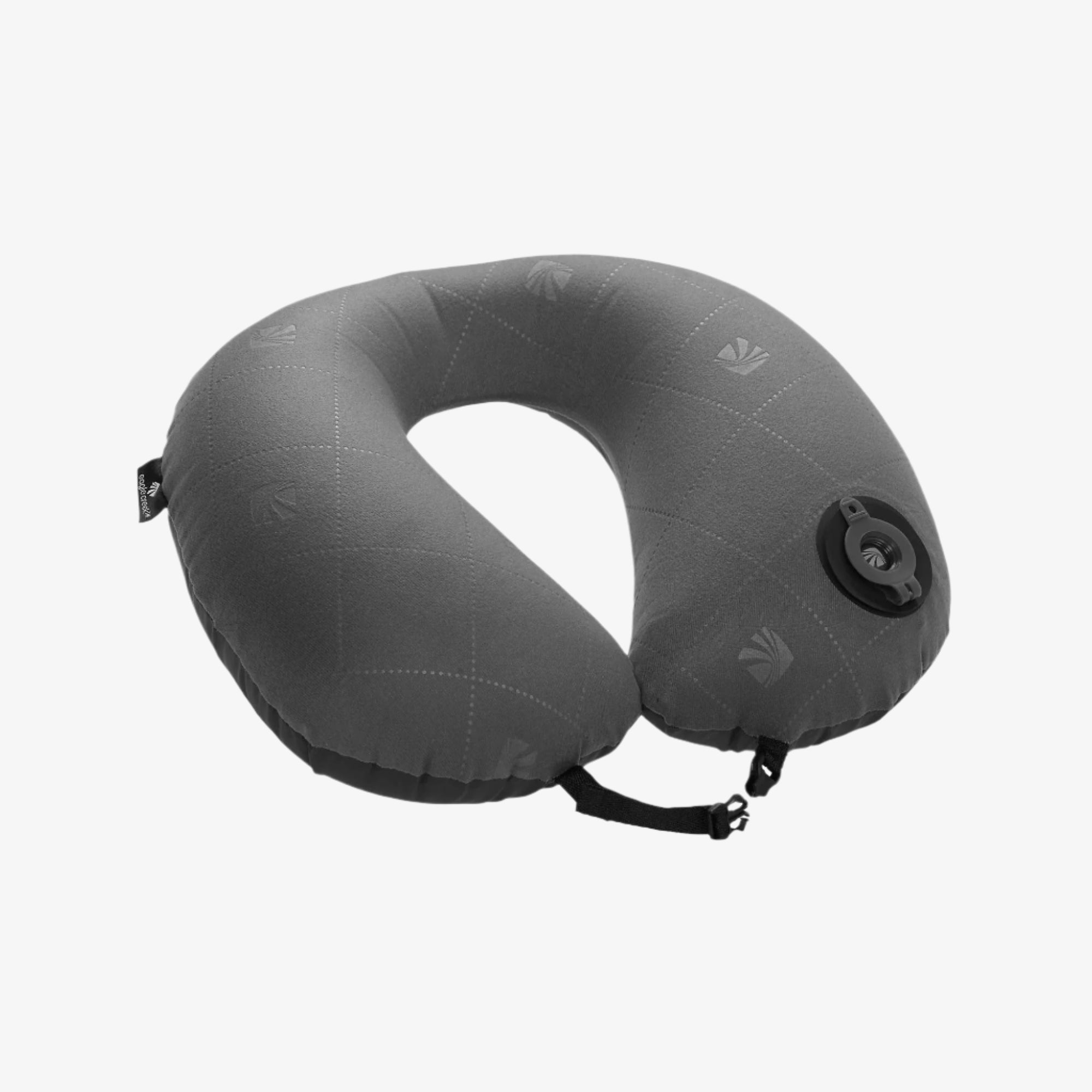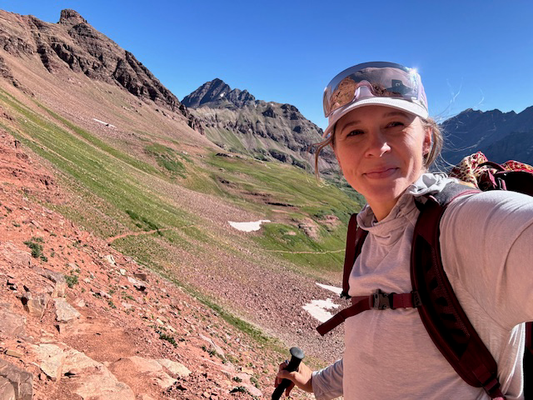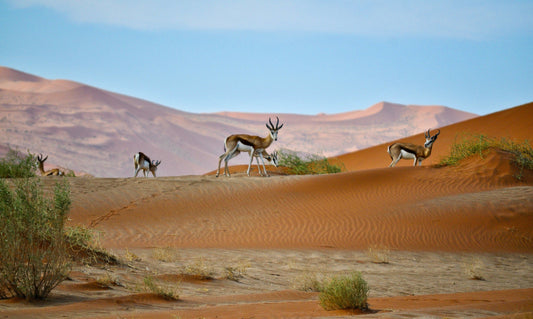How to Hike to Telescope Peak in Death Valley
Hiking to Death Valley National Park’s highest peak can be challenging, but you don’t have to be an expert to tackle the rewarding trek to Telescope Peak.
Seeing some of Death Valley National Park’s best scenery requires going up—way up. The journey to the top of Telescope Peak (11,049 feet / 3368 m) gives hikers a chance to experience the park’s most diverse landscapes, while offering a strenuous challenge.
The National Park Service rates the Telescope Peak hike as “difficult,” a sentiment shared by several other hiking sites. However, that doesn’t necessarily mean you should avoid the hike if you’re a novice.
At 14 miles (22.5 km) and seven hours for the round-trip journey, the hike is doable by anyone in good physical condition who takes the proper precautions and visits during the summer months. Here’s how to make the hike to Telescope Peak safe and memorable.
How to Get to the Telescope Peak Trailhead
Hikers can drive straight to the trailhead at Mahogany Flat Campground (8200 feet / 2500 meters) coming from either Los Angeles or Las Vegas. The final two miles of that road are rough gravel, so 4x4 high-clearance vehicles are strongly recommended. Do not drive to the Telescope Peak trailhead with a rental car, or you just might get stuck paying fees for dings and scrapes.
Camping at the trailhead is free and first-come, first-served, but the 10 sites typically do not fill up, especially if you avoid holiday weekends. The campground officially closes during winter, though it may be open past December if weather permits. Mahogany Flat serves as a good spot to settle in and adjust to the altitude overnight—acclimating for a day will help make your Telescope Peak hike more enjoyable.
If you’re determined to make a winter visit and the road to Mahogany Flat is closed, try staying at nearby Wildrose Campground or the small Thorndike Campground. In the morning, drive to the gate at Charcoal Kilns and walk to the Telescope Peak trailhead from there. This adds an extra 1.6 miles (2.6 kilometers) each way to the hike, so be prepared for the extra mileage and time it will add to your hike.
Making the Journey to the Telescope Peak Summit
Rise and shine! Most Telescope Peak hikers wake early and begin the hike in the morning. Once you’re on the trek, you’ll pass through forested sections and some oddly shaped bristlecone pine trees before open meadows come into view. Depending on the time of year, you may see wildflowers in bloom and bighorn sheep milling around (so make room in your day pack for a camera if you want to capture snaps of the wildlife—or carry your essentials like chapstick, sunscreen, and camera in a handy waistpack).
Eventually, you’ll hit a series of 13 exhausting switchbacks—but stick with it: These strenuous switchbacks signal that you’re almost at the summit. Keep pushing onward to Telescope Peak, and you’ll soon discover the expansive views from the top that inspired the “telescope” portion of the name.
Hikers who visit the summit on a clear day may be able to see both the lowest and highest points in the lower 48 United States, with Badwater Basin (-282 feet / -86 meters) two miles below and the 14,505-foot (4421-meter) peak of Mount Whitney in the distance to the west.
Telescope Peak Hiking Tips and Cautions
The weather for hiking Death Valley is ideal from July through September, when your main challenges will be hiking in the desert sun (the trek is basically shadeless), high heat, and a lack of water (on that note: don’t forget to bring your own H2O). Wear sunscreen and comfortable, lightweight clothing, and pack warmer clothes for the chilly evenings in a compression cube so they don’t take up too much room, but are available when you need them. And before you leave on your trek, check the National Park site for any advisories, such as warnings for high heat or other inclement conditions.
Hiking to Telescope Peak in the winter is a completely different experience, and one you should avoid if you haven’t built up the necessary skill and equipment to traverse icy terrain. Only experienced climbers should attempt a winter summit, as snow and ice typically cover much of the route. You will most likely need an ice axe and crampons to traverse the terrain during the winter. Patches of snow can linger on the trail as late as June.
It is possible to hike directly to Telescope Peak from below sea level on the valley floor. However, this path—known as the “Shorty’s Well” route—measures more than 30 miles (48 kilometers) for the roundtrip and requires climbing skills, so only experts should consider this trail to reach the summit Telescope Peak.
Make sure to bring all the usual camping and hiking supplies, including a reliable pack, trail map, GPS device, food, and plenty of water. Because this section of the park is fairly remote, it’s a good idea to let friends know where you’re headed and when to expect you home. If you’ve done all that, you’re set to tackle the peak!
Are you hiking in the national parks this summer? Share a shot and tag us on Instagram.
While Eagle Creek is here to provide tips and insights on travel, we cannot accept any responsibility for any potential consequences arising from the use of this information. Always conduct your own research and use your best judgment.


